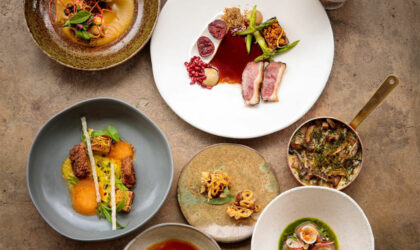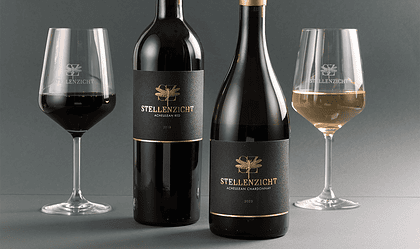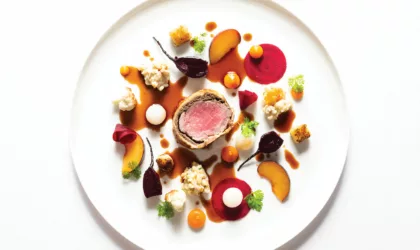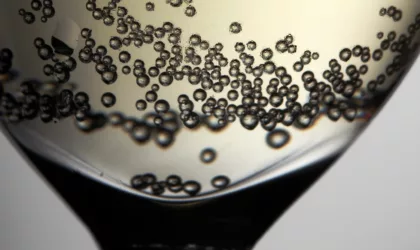And French producers certainly have plenty to celebrate this World Champagne Day!
Amine Ghanem, Moët & Chandon’s Oenologist Wine Quality Manager, jetted into South Africa to toast the day with a dose of French savoir-faire. We popped the cork – and a few questions – on the terrace of the luxe Ellerman House to ask Amine…
We’re enjoying a glass of Moët Impérial, which celebrates its 150th anniversary this year. Put this particular champagne into context for me…
It’s our icon. It’s the flagship, the signature of our style. For 150 years this blend has been the mirror of the Champagne region, blended in roughly the same percentages as these grapes are planted in Champagne.
We have about one-third Pinot Noir for the structure and the body, one-third Chardonnay for elegance and liveliness, and one-third Pinot Meunier to make the bridge, the roundness of the blend. So Moët Impérial is really the mirror of the vineyards of Champagne.
It’s ‘non-vintage’ champagne, blending both new wines and older vintages. What are the challenges in crafting non-vintage champagne?
It’s extremely challenging to create non-vintage champagne, because people expect the same product and the same style every year. And this is the key point in the Moët & Chandon blending mastery; to be able to blend the same wine, from different raw materials every year.
We rely on our vineyards… we have access to the best vineyards of Champagne, which allows us to bring a constant blend to the style of Moët Impérial.
Every harvest we have more than 900 still wines that can be used to blend and create our champagne. This is our richness. It’s like an artist, the more colours you have to work with the better you can create.
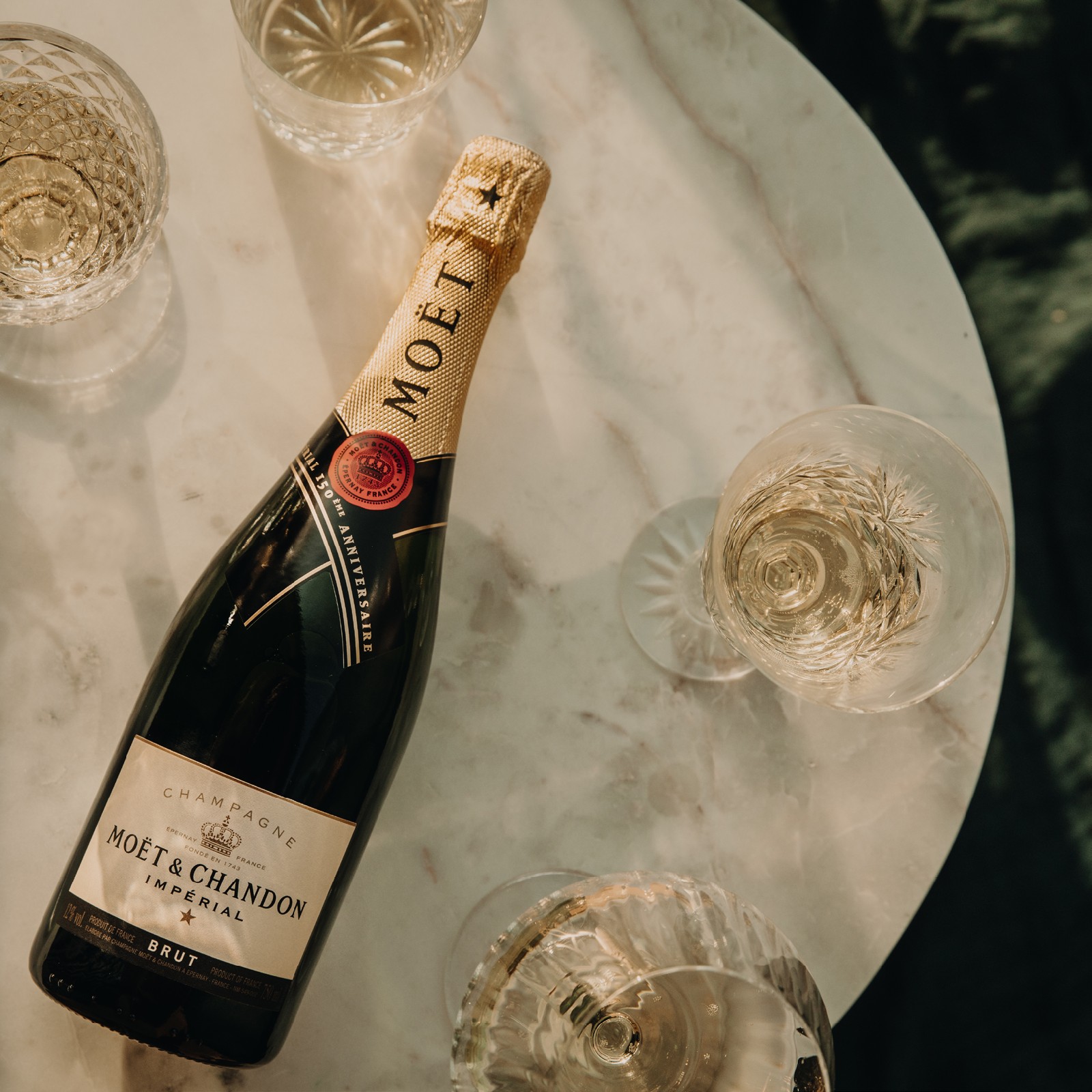
Would you recommend further bottle maturation for Moët Impérial?
Non-vintage champagne is not made to be aged; it’s matured in the cellars and ready to be enjoyed. The wines chosen for non-vintage champagne are selected for their youth, freshness and fruitiness, not for their potential for maturation. They are made to be enjoyed a maximum of two to three years after disgorgement.
The grand vintages, however, are chosen for their character, charisma and potential for ageing, best at seven to 10 years after disgorgement.
What stemware would you recommend for champagne, a traditional flute or a wider wine glass?
For an aperitif, the flute, with a train of bubbles, is perfect and all about celebration. In a flute you enjoy the freshness, the fruitiness and the bubbles. In a larger wine glass, you enjoy more depth, the complexity, the third dimension of the champagne. Both styles of glass are enjoyable, but for different moments.
For a gastronomic celebration on Champagne Day, how would you pair Moët & Chandon with food?
Moët Impérial is a champagne for celebration, for the aperitif or for starters of light sushi, salads and fruits. Moët Rosé Impérial is more intense and spontaneous; enjoy it with beef carpaccio or berries. Then we have the structured champagnes, the grand vintages, which go with perhaps risotto or mushrooms. To finish the demi-sec Nectar Impérial for dessert.

